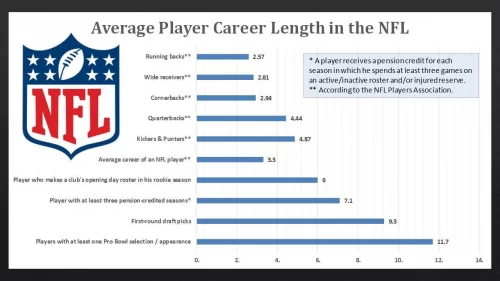
When it comes to the game of rugby, size does matter. Ruggers have to be strong and assertive in order to outmaneuver the competition and win the game. That is why it is important to understand the average size of a rugby player. Average rugby players come in a variety of sizes, from those that are tall and lanky, to those who are shorter and stockier.
Depending on the position that a player is playing and the type of game that is being played, the size of a player can vary greatly. It is important to consider the size of a player when looking for a rugby team, as it can make a big difference in the outcome of a game.
In this article, we will discuss the average size of a rugby player, as well as how different positions affect a player’s size and how size affects playing the game.
Contents
1. Average Height
On average, rugby players are taller than the average population. The average height of a rugby player is 6 feet 2 inches (188 cm) and the average weight is around 103 kg (227 lbs). This size gives rugby players the necessary size and strength to compete in the game.
Height is an advantage in rugby, as it allows players to reach for the ball, tackle and hold opponents, and also helps them avoid being tackled or knocked down. Taller players can also cover more ground on the field, making them more valuable to their teams.
2. Average Weight
The average weight for a rugby player is dependent on the specific position they play. Forwards typically weigh between 115 kg and 140 kg (253 to 309 lbs), with the props and hookers tending to weigh the most. Backs usually weigh between 90 kg and 115 kg (198 to 253 lbs), with the halfbacks and fullbacks typically weighing the least.
3. Typical Body Type
The typical body type of an average rugby player is one that is fairly muscular and athletic. They typically have a larger body frame than the average person, with broad shoulders and strong arms. Players will generally have strong leg muscles and core strength, as well as good cardiovascular endurance.
Rugby players must have the ability to move quickly and react quickly to the game, so having a good level of fitness is essential to playing the game well. Generally, the average player will weigh between 75-95 kg and measure approximately 5 feet 9 inches in height.

4. Height and Weight Distribution
The average height and weight distribution of a rugby player is wide-ranging. The typical height range is between 5 feet 5 inches to 6 feet 6 inches, with most players falling between 5 feet 8 inches and 6 feet 2 inches.
The average weight of a rugby player is around 200 pounds, but this can vary depending on the player’s position and fitness level. Forwards tend to have a higher body mass index than backs, and the average weight of a flanker is around 210 pounds. However, some players may weigh as little as 170 pounds, while others can exceed 230 pounds.
5. Physical Strength Requirements
On average, rugby players need to have a high level of physical strength to be successful. The basic strength requirements include being able to lift and carry a heavy rugby ball, as well as being able to tackle and tackle-break. Additionally, the players need to possess the strength to push and pull their opponents, as well as that of their own team members.
Furthermore, the players must have good balance and coordination, as well as good stamina and endurance. Finally, they need to possess the ability to change direction quickly and explosively. All of these physical strength requirements are necessary for a successful rugby player.
Conclusion
In conclusion, the average rugby player size is determined by their position on the field, with forwards typically being taller and heavier than backs. While the average size of a rugby player may vary depending on their position, the average height and weight of a rugby player is 6 feet, 4 inches and 237 pounds, respectively. Regardless of size, rugby players must have a high level of fitness and agility to compete in the sport.






